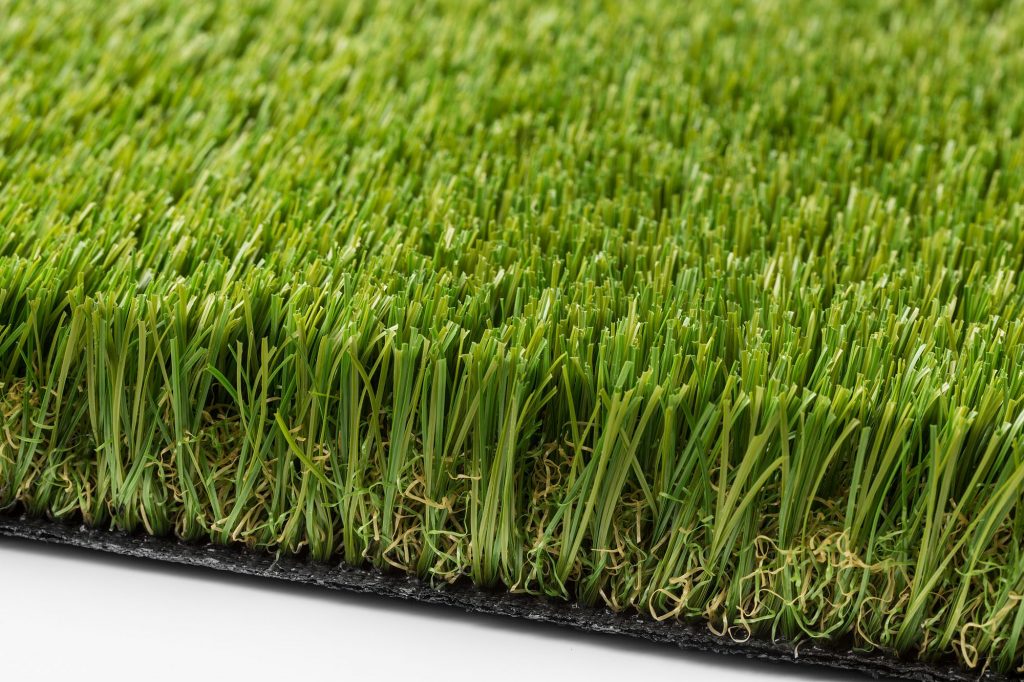Good-looking grass is high-maintenance and requires routine mowing, pruning, weed-elimination, and watering. Every one of these leave an undesirable impact on your nearby ecosystem- the good news is, artificial grass can provide an alternative. With minimal upkeep required, there is no longer the need for harsh chemical sprays and fossil-fuel-dependent lawn mowers. Artificial turf continues to look high quality for as much as Twenty years and that means can rest and put your feet up with the knowledge that the backyard which you trust young kids and/or animals to have fun in, will remain toxin-free.
Reduces Water Usage
In order to manage regular grass recurrent watering is important, particularly throughout Summertime, and this substantial water usage has negative impacts on the environment. One benefit of artificial grass is that very little watering is required to ensure that it stays looking great. Synthetic grass is not going to dehydrate or die with the high heat like standard grass, and for that reason companies like it, there’s no need to waste important water on grass.
Saving resources such as water has grown to be more vital and really should contribute to your choice of grass. Synthetic grass will only demand hosing down if debris or dirt must be cleaned up and removed, and typically a small amount of rainwater will complete this task on your behalf!
Decreases Greenhouse Gas Pollution
If reducing your carbon footprint is significant to you then synthetic turf would be the path to take. The low upkeep that is required makes certain that very little equipment is required- no lawnmowers, grass trimmers, or scarifiers necessary, all of which use fossil fuels. Synthetic grass is always cut and weedless from the second it is put in, which will mean you don’t have to rely upon any type of damaging mowers or trimmers.
Not using these pieces of equipment will decrease your petroleum and diesel usage, and as a consequence minimize greenhouse gas pollution.
Toxicity
Grass demands the use of fertilisers, pesticides, and other harsh chemicals to kill weeds and to keep your grass looking fresh. In addition to being made from materials such as fossil fuels (further increasing greenhouse gas emissions), you can run the risk of your grass becoming toxic. This creates a dangerous environment, especially for pets and children.
Helps To Protect Local Aquatic Life
An additional negative effect of using harsh chemical contaminants on grass lawns is dangerous toxic run-off that happens when it rains. The rain carries the chemicals that are on the your lawn across surfaces and will often wind up in nearby water systems, such as fish ponds and streams, at times wiping out the marine life. Excessive amounts of poisonous chemical substances running into aquatic environments can also trigger algal blooms, which unfortunately significantly decreases the o2 levels within the water. The fish will then get sick and/or die-off, causing a population decline, and cutting local biodiversity. www.artificialgrassmaintenance.co.uk is a site that is loaded with lots of up to date information regarding how to install artificial grass.
Synthetic turf has no need for any harmful chemicals and provides an alternative to the harmful impacts of looking after regular grass.

